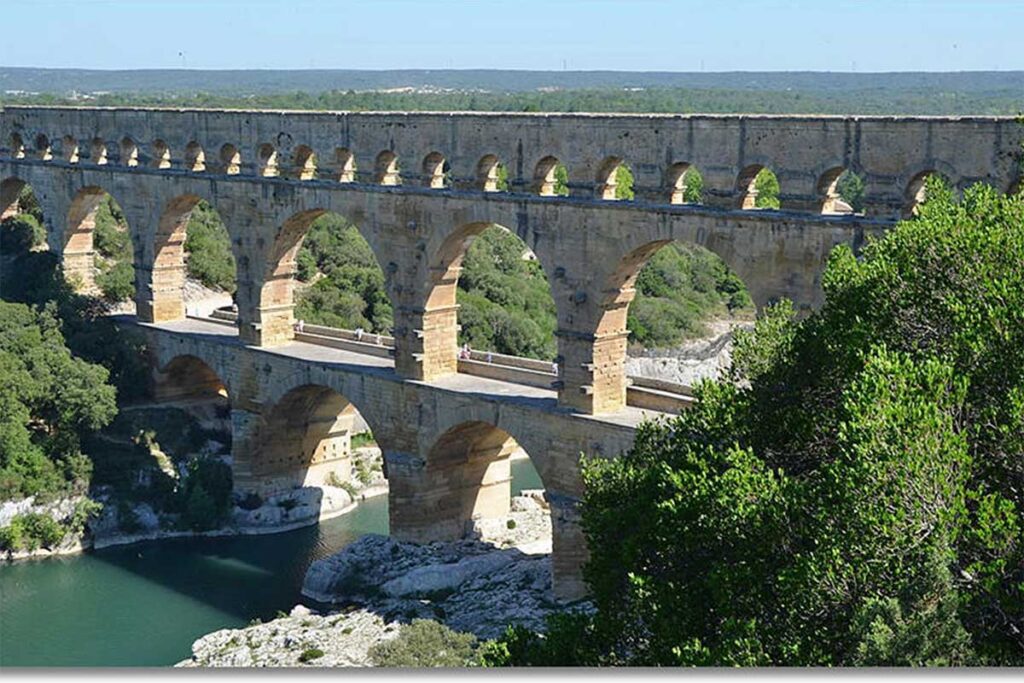 The proposal to increase aqueducts and clean nuclear power in the United States is a promising solution to two major problems: water shortage and the need for clean energy. With 30,000-50,000 miles of aqueducts, we can ensure that water is managed properly throughout the country, from California’s drought-prone areas to the Mississippi River’s flood-prone regions. By building more lakes and waterways, we can store water for future use and prevent it from running off into the ocean unnecessarily.
The proposal to increase aqueducts and clean nuclear power in the United States is a promising solution to two major problems: water shortage and the need for clean energy. With 30,000-50,000 miles of aqueducts, we can ensure that water is managed properly throughout the country, from California’s drought-prone areas to the Mississippi River’s flood-prone regions. By building more lakes and waterways, we can store water for future use and prevent it from running off into the ocean unnecessarily.
In addition to addressing the water shortage, increasing clean nuclear power is an essential step towards achieving a more sustainable future. Nuclear power is a clean and reliable source of energy that does not rely on fossil fuels, making it an ideal solution to the issue of global warming. The proposal to build 50-300 nuclear power plants can help to meet the growing demand for energy while also reducing our reliance on fossil fuels and reducing greenhouse gas emissions.
Furthermore, nuclear power is cost-effective in the long run, making it an attractive option for those who seek clean and cheap energy. With proper management of water resources, we can ensure that nuclear power plants are able to operate safely without the risk of meltdown or other related accidents.
Increasing aqueducts and clean nuclear power in the United States is a viable solution to two major problems facing our society: water shortage and the need for clean energy. By implementing this proposal, we can ensure that our nation’s water resources are managed properly while also reducing our reliance on fossil fuels and mitigating the impact of global warming.